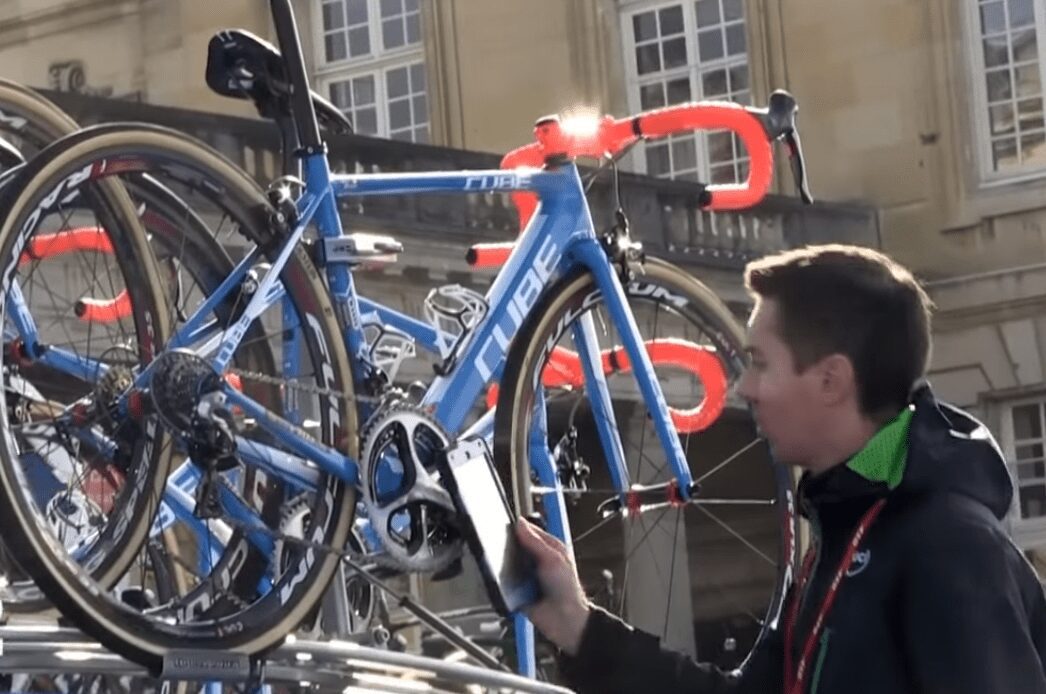Over the years, rumours of motorized cheating in cycling have abounded. One of the first suspected cases of mechanical doping dates back to the 2010 Tour of Flanders. That was where Fabian Cancellara’s unorthodox seated attack on the steep Kapelmuur led to accusations of an electric motor hidden in his bike.
The controversy resurfaced in the 2014 Vuelta a España. Ryder Hesjedal faced allegations of mechanical doping after a crash on Stage 7. Video footage showed his bicycle’s rear wheel persistently spinning even after it had fallen to the ground.
Afterward, the Canadian vehemently denied the accusation, saying it was simply not possible.
The origins of testing
Testing for motors came into focus as the UCI succumbed to public pressure, leading race commissaires to thoroughly inspect the bicycles of Hesjedal’s Garmin–Sharp team the following day. Despite the scrutiny, no motors were found. Subsequently, in the following spring, bike motor inspections became a regular practice at prestigious events such as Paris–Nice, Milan–San Remo, and the Giro d’Italia, using iPads.
The French and Italian exposés in 2016
In 2016, the French television show Stade 2 asserted that the prevalence of mechanical doping was potentially higher than previously thought, and it was going unnoticed by the UCI. Conducting an investigation with a costly thermal camera cleverly disguised as a standard video camera, the program recorded footage during the Strade Bianche and the Coppi e Bartali stage race. In a 20-minute segment, the show presented a persuasive argument, suggesting that they had indeed captured evidence of mechanized doping.
According to a report in the Italian newspaper Corriere della Sera in the same year, the television program identified seven instances of mechanized doping using the thermal camera. In five cases, heat in the bottom bracket was detected, suggesting a motor assisting the crank. In two other instances, heightened heat was observed in the rear-wheel’s hub or cassette. Consulting a thermal imagery specialist, the program received confirmation that the captured images were suspicious. The footage indicates an abnormal amount of heat in bike areas that shouldn’t generate heat.
There has been speculation over the years that Lance Armstrong might have used a motor in his bike. Observers noted his habit of tugging at the back of his shorts during races. That prompted some to wonder if he was activating a hidden mechanism. Armstrong…
Click Here to Read the Full Original Article at Canadian Cycling Magazine…

